Lao National Museum
A visit to the Lao National Museum, also known as the Lao National History Museum, is an excellent way to learn about the history, culture and people of Laos while spending a couple of hours out of the sun. Many of the exhibits are a bit faded and the old French colonial building is falling apart, but the museum covers a lot of ground, from prehistoric times to the modern day. Although the range of artifacts and photographs is not as comprehensive or as well organised as you might expect in a national museum, there are nonetheless some fascinating exhibits here. The ground floor houses a mixture of ancient items such as dinosaur bones, pottery shards and Khmer sculptures that trace the early history of the region. Upstairs, you will find more detail in the exhibits, which depict the turbulent modern history of Laos from the Siamese invasions and the French colonial period to the American military presence during the Vietnam War, and through to the present day. There is a heavy emphasis on the struggle for independence and the introduction of communism in 1975, which explains why the museum was originally named the Lao Revolutionary Museum.
Lao National Museum Highlights
- The Lao National Museum is housed in the old French Governor’s mansion, which was built in 1925.
- Formerly known as the Lao Revolutionary Museum, it was renamed in 2000 and is sometimes also referred to as the Lao National History Museum.
- The exhibits of ancient Lao history and culture on the ground floor include a particularly interesting display from the Plain of Jars (Savannakhet), which features an intact jar from the site.
- Of the modern-day exhibits, many visitors find the one about unexploded ordinances from the American War the most fascinating and thought-provoking. From 1964 to 1973, Laos was heavily bombed, and many unexploded shells remain scattered around the countryside.
- Be prepared for many of the displays and their labels to show an anti-Western bias, describing the Americans in particular as ‘imperialists’.
- Stop and sign the guestbook at the entrance, and read some of the amusing exchanges on communism.
- The entrance fee is minimal.
- No bags or cameras are allowed in the museum. You will need to hand in your belongings for storage in the lockers at the entrance (free).
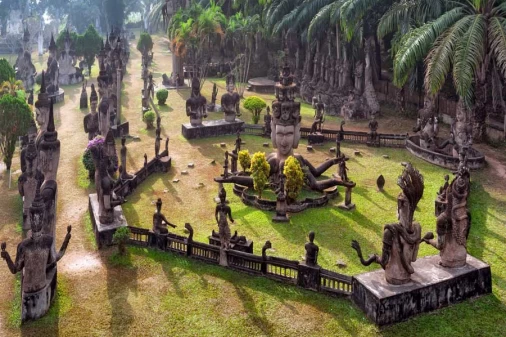
Buddha Park
Buddha Park (aka Xieng Khuan) is a famous sculpture park with more than 200 religious statues including...
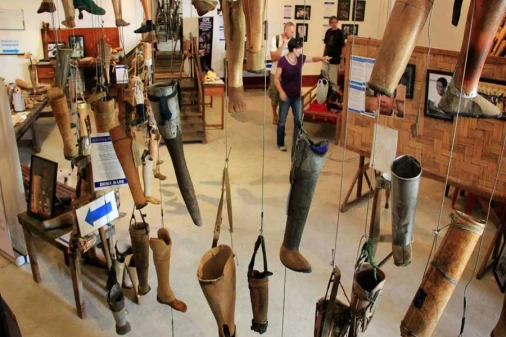
Cooperative Orthotic and Prosthetic Enterprise
Cooperative Orthotic and Prosthetic Enterprise, or COPE, is a local non-profit organization that provides...
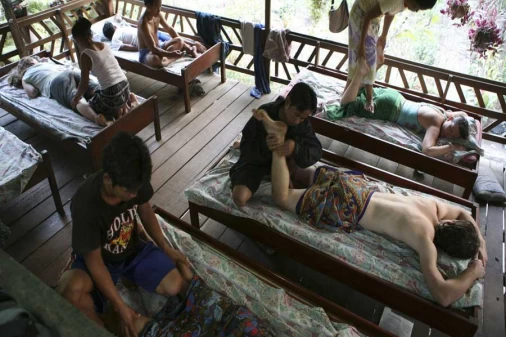
Lao Herbal Steam Sauna and Massage
Spas and massage shops are in plentiful supply in Vientiane, offering something for every budget. But...
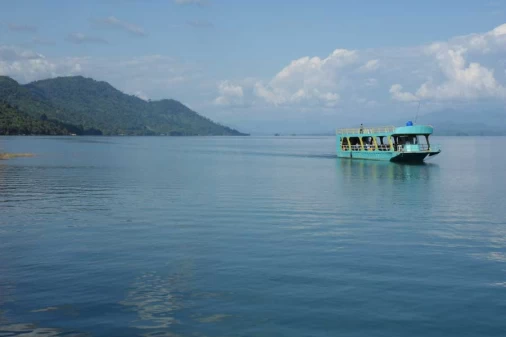
Nam Ngum Lake
Nam Ngum Lake is a man made reservoir that was created by the building of the Nam Ngum damn in the 1970s....
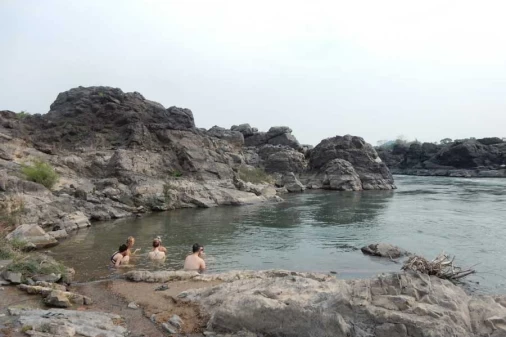
Pakse (Champsak)
Pakse is the capital of Champasak Province, founded by French colonialists in 1905. The kingdom was...
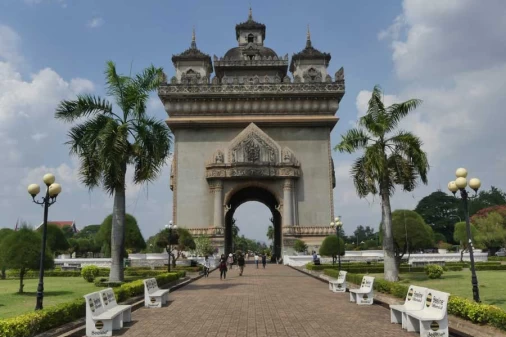
Patuxai Victory Monument
With its crenellated upper level topped with five ornate towers in the traditional Laos style, the Patuxai...
You may also like
Treasures of Laos
- Depart Time:Daily
- Starts/Ends:Luang Prabang/Vientiane
- Tour type:Private Tours
- Travel Style:Nature & Adventure, Heritage Tours, Culture & History
- Activities:Local culture tours, Cultural, religious and historic sites tours, Countryside and village visits tours, City sightseeing tours
- Suitable for:Solo, Family, Group, Couple
- Age range:1 To 90 Years
- Operated in:English, French, Spanish, German, Italian
Highlights of Laos Tour
- Depart Time:Daily
- Starts/Ends:Luang Prabang/Pakse
- Tour type:Private Tours
- Travel Style:Nature & Adventure, Heritage Tours, Culture & History
- Activities:Local culture tours, Cultural, religious and historic sites tours, Countryside and village visits tours, City sightseeing tours
- Suitable for:Solo, Family, Group, Couple
- Age range:1 To 90 Years
- Operated in:English, French, Spanish, German, Italian
World Heritage Explorer Laos
- Depart Time:Daily
- Starts/Ends:Vientiane/Luang Prabang
- Tour type:Private Tours
- Travel Style:Heritage Tours, Family Tours, Culture & History
- Activities:Sightseeing Tours, Local culture tours, Cultural, religious and historic sites tours, Countryside and village visits tours
- Suitable for:Solo, Family, Group, Couple
- Age range:1 To 90 Years
- Operated in:English, French, Spanish, German, Italian
Best of Laos Tour 7 Days
- Depart Time:Daily
- Starts/Ends:Vientiane/Luang Prabang
- Tour type:Private Tours
- Travel Style:Nature & Adventure, Heritage Tours, Culture & History
- Activities:Local culture tours, Cultural, religious and historic sites tours, Countryside and village visits tours, City sightseeing tours
- Suitable for:Solo, Family, Group, Couple
- Age range:1 To 90 Years
- Operated in:English, French, Spanish, German, Italian
Highlights of Laos 6 Days
- Depart Time:Daily
- Starts/Ends:Vientiane/Luang Prabang
- Tour type:Private Tours
- Activities:Local culture tours, Cultural, religious and historic sites tours, Countryside and village visits tours, City sightseeing tours
- Suitable for:Solo, Family, Group, Couple
- Age range:1 To 90 Years
- Operated in:English, French, Spanish, German, Italian
 France
France  Spain
Spain  German
German  Italian
Italian 






 Vietnam Tours
Vietnam Tours  Cambodia Tours
Cambodia Tours  Myanmar tours
Myanmar tours  Thailand Tours
Thailand Tours  Laos Tours
Laos Tours